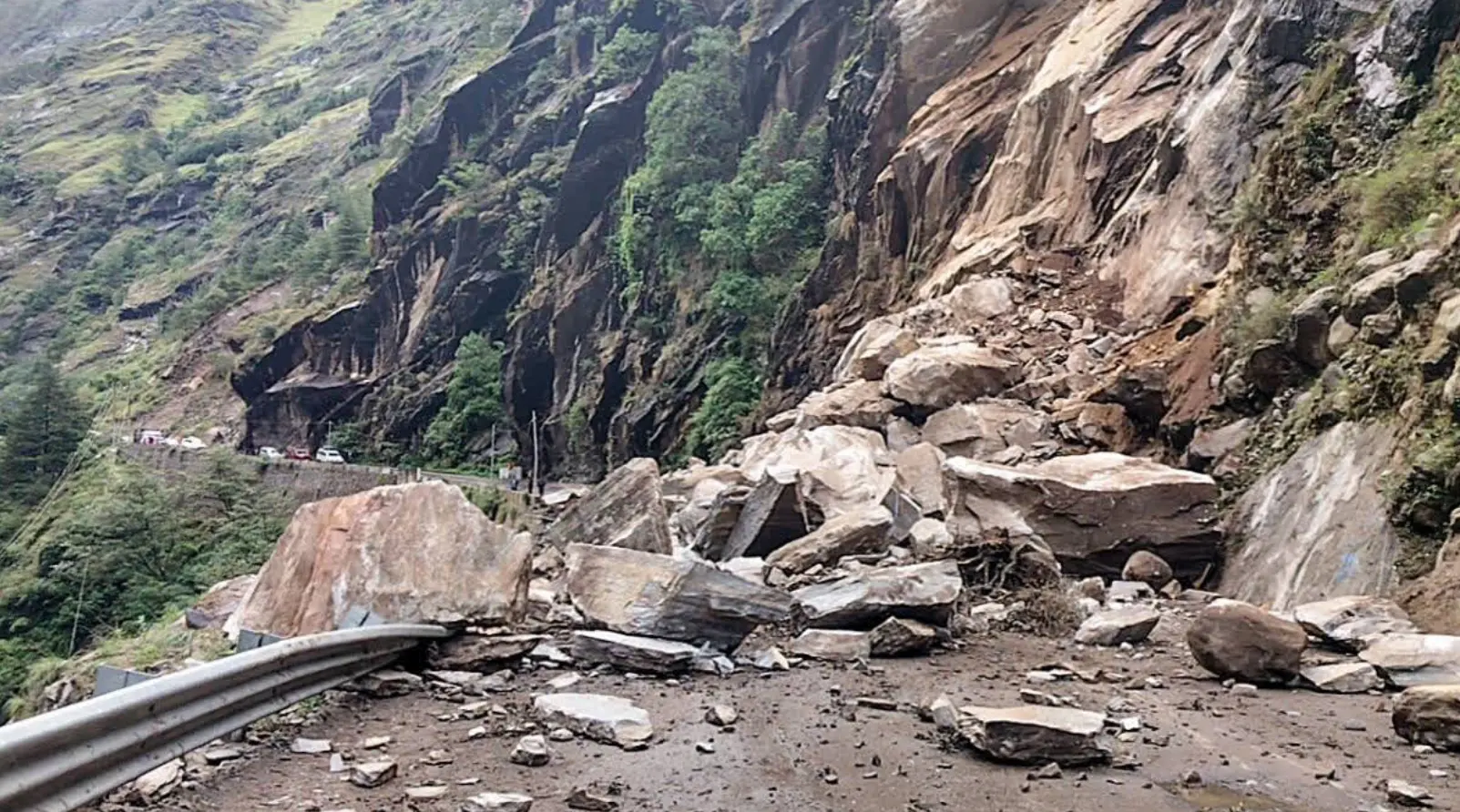
Nepal Landslide : In a devastating turn of events, Nepal faced a significant disaster on July 12, 2024, when a massive Nepal landslide swept two buses into the Trishuli River. This catastrophic incident has left many passengers missing and has caused a profound sense of grief and urgency throughout the region.
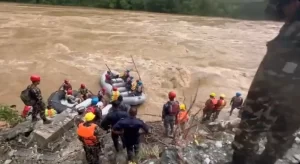
The Incident: A Sudden Landslide
The Nepal landslide occurred suddenly, taking everyone by surprise.
Heavy monsoon rains had been lashing the region for days, leading to the inevitable weakening of the slopes.
The Nepal landslide, which took place in the early hours, sent tons of earth and debris hurtling down the mountainside, directly into the path of two buses traveling along the road below. These buses were carrying an estimated 63 passengers, many of whom are now missing.
Immediate Impact and Rescue Efforts
The force of the Nepal landslide was so immense that the buses were swept off the road and into the Trishuli River, a significant waterway known for its strong currents.
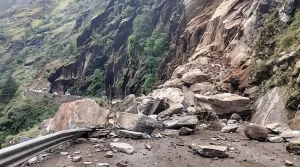
The initial shock and chaos of the event hampered immediate rescue efforts. However, local authorities, the Nepalese army, and emergency response teams swiftly mobilized to begin search and rescue operations.
Rescue teams have been tirelessly working to locate survivors and retrieve bodies from the river. The strong currents of the Trishuli River have posed significant challenges, making it difficult for divers and rescue boats to navigate the waters safely. Despite these obstacles, the teams continue to work around the clock, driven by the hope of finding more survivors.
Nepal Landslide : A National Tragedy
This incident has deeply affected the nation of Nepal.
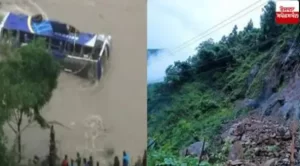
Prime Minister Pushpa Kamal Dahal has expressed his profound sorrow and has vowed that the government will do everything in its power to support the rescue operations and assist the families of the victims. The Prime Minister visited the site of the disaster and met with the families, offering condolences and assuring them of the government’s full support.
Nepal Landslide :Impact on Transportation and Travel
In the wake of this disaster, authorities have suspended all transportation along the affected route.
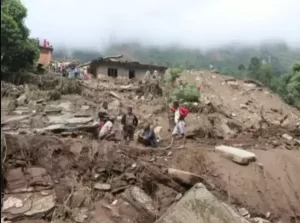
Flights between Kathmandu and Bharatpur have also been canceled as a precautionary measure, given the unstable weather conditions and the potential for further landslides. This has caused significant disruptions to travel and commerce in the region, with many travelers stranded and looking for alternative routes.
Environmental and Geological Factors
Nepal is no stranger to natural disasters, particularly during the monsoon season. The country’s mountainous terrain, combined with heavy rainfall, often leads to landslides and floods. Experts have pointed out that deforestation and unplanned urbanization exacerbate these natural vulnerabilities, making such disasters more likely and more severe.
Monsoon Season: A Time of High Risk
The monsoon season in Nepal typically brings heavy rains from June to September. During this period, the risk of landslides and flooding increases dramatically. The continuous downpour saturates the soil, weakening the stability of the slopes and increasing the likelihood of landslides.
Long-Term Solutions and Preventive Measures
In the aftermath of this tragedy, there have been renewed calls for better infrastructure planning and more effective disaster management strategies. Experts suggest that measures such as reforestation, proper drainage systems, and early warning systems could significantly reduce the risk of such incidents in the future. Additionally, there is a pressing need for stricter regulations on construction in vulnerable areas to prevent similar disasters.
Human Stories: Tales of Survival and Loss
Amid the devastation, there are stories of incredible courage and resilience.
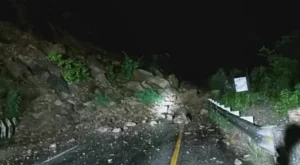
Survivors have recounted their harrowing experiences, from being swept away by the powerful currents to clinging onto debris for hours before being rescued. These stories highlight the strength and determination of the human spirit in the face of overwhelming odds.
Community Response and Support
The local communities have shown immense solidarity and support in this time of crisis. Volunteers have come forward to assist in rescue operations, provide food and shelter to the displaced, and offer comfort to those who have lost loved ones. This collective effort underscores the deep sense of community and mutual aid that is prevalent in Nepalese society.
Government and International Aid
The Nepalese government has pledged significant resources to aid in the rescue and recovery efforts. Additionally, international organizations and neighboring countries have offered their assistance, providing technical support, equipment, and personnel to bolster the ongoing operations.
Financial Assistance and Relief Funds
Various relief funds have been established to support the victims and their families. Donations are pouring in from across the country and around the world, demonstrating a global outpouring of compassion and support. These funds will be crucial in providing immediate relief and long-term assistance to those affected by the disaster.
Nepal Landslide : Conclusion
As Nepal grapples with the aftermath of this tragic event, there is a collective resolve to rebuild and move forward. The focus now shifts to supporting the survivors, honoring the memory of those lost, and implementing measures to prevent such disasters in the future. This tragedy serves as a stark reminder of the power of nature and the importance of preparedness and resilience in the face of such challenges.





